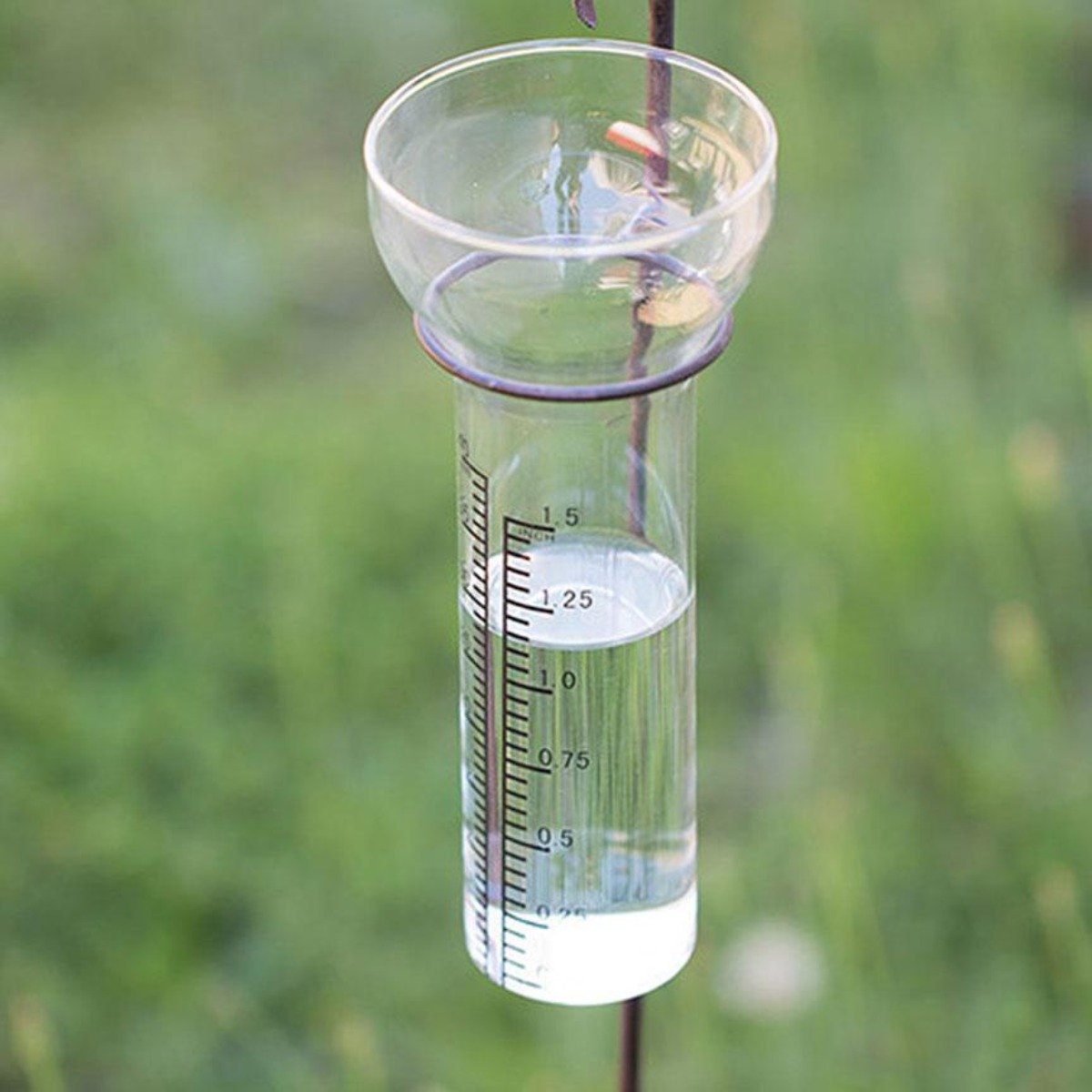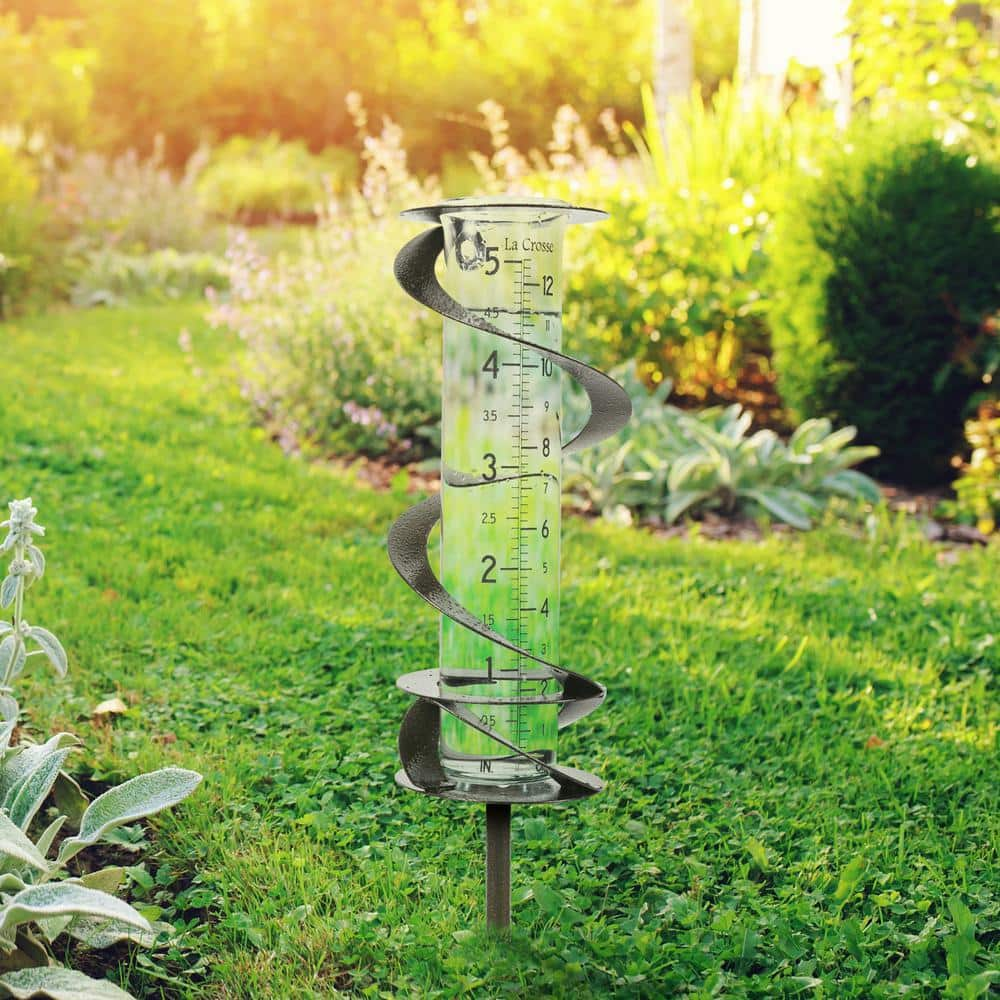How to Pick the Right Rainfall Scale for Accurate Rain Information
Exact rains information is crucial for different markets and tasks, such as meteorology, agriculture, and water resource management. To obtain trusted dimensions, it is important to pick the appropriate rainfall gauge. This overview aims to supply useful understandings right into the choice procedure, enabling you to make enlightened decisions. Taking into consideration variables such as place, type, and accuracy of the rainfall scale will help ensure precise information collection. In addition, recognizing the maintenance and calibration procedures will certainly add to the durability and reliability of your rain scale. By adhering to these guidelines, you can ensure exact rainfall data, making it possible for much better decision-making and planning for numerous applications.
Significance of Selecting the Right Rainfall Gauge
The value of selecting the ideal rainfall gauge lies in getting exact and trusted rainfall information for accurate meteorological evaluation. Rainfall information is essential for a large range of applications, including weather projecting, hydrological modeling, and environment study. Unreliable or incorrect information can result in erroneous verdicts and flawed decision-making processes.

Secondly, the precision and accuracy of the rain scale are paramount. The scale ought to be able to measure rains with high accuracy, capturing also tiny amounts of precipitation accurately. It needs to additionally reduce errors as a result of dissipation, wind, and other environmental variables. Normal calibration and maintenance are essential to make certain continuous accuracy.
Additionally, the area and setup of the rainfall scale are essential factors to consider. It ought to be placed in an open location, far from obstructions that could affect rainfall dimensions. The scale needs to be positioned at a proper height and angle to prevent spilling and make sure proper catchment of rainwater.
Variables to Consider When Picking a Rain Scale
When choosing a rainfall gauge, there are several crucial variables to think about. These factors can substantially affect the accuracy and dependability of the rains information gathered. The first variable to take into consideration is the type of rain gauge. There are different kinds offered, consisting of standard rainfall evaluates, tipping bucket rainfall determines, and considering rainfall evaluates. Each kind has its very own advantages and disadvantages, so it is vital to select one that finest fits your particular needs and requirements.
An additional factor to take into consideration is the product of the rain scale. Rainfall assesses can be constructed from numerous materials, such as glass, steel, or plastic. The product picked should be long lasting and resistant to weather problems, guaranteeing that the rain scale will endure the elements and supply accurate dimensions over time.
Accuracy is likewise a critical variable to take into consideration. Try to find rainfall evaluates that have been adjusted and examined for precision. Functions such as anti-splash rings and funnels can also enhance the accuracy of the measurements.

Last but not least, think about the environment and environment in which the rainfall gauge will be made use of. Different rainfall evaluates are ideal for different environments, so it is necessary to select one that is ideal for the conditions in your location.
Various Kinds Of Rainfall Gauges Offered
To even more discover the elements to consider when choosing a rain gauge, it is essential to comprehend the various kinds of rainfall find assesses readily available. The most usual kind is the basic rain gauge, also understood as the round rainfall scale.
An additional kind of rainfall gauge is the tipping bucket rain gauge. This scale utilizes a seesaw-like device to accumulate and measure rainfall. As the rainfall comes under the gauge, it fills one side of the container, triggering it to clear the water and tip. The variety of suggestions is counted electronically to identify the quantity of rains. Tipping bucket rain gauges are preferred for their precision and ability to gauge rains intensity.
A 3rd kind of rainfall gauge is the considering rain scale. As the rainfall falls right into the gauge, it is gathered in a container attached to a balance.
Lastly, there are also remote rain determines that use progressed modern technology to determine rains (The Rain Gauge). These gauges use sensing units and transmitters to send data wirelessly to a main system. Remote rainfall evaluates are convenient for keeping track of rains in hard-to-reach areas or for large data collection
How to Determine the Precision of a Rainfall Gauge
One method to analyze the accuracy of a rain scale is by performing regular calibration measurements. Calibration entails contrasting the readings of a rain gauge to a standard measurement, such as a licensed rain scale or a climate terminal with high precision. By contrasting the measurements, any inconsistencies or mistakes in the rainfall scale can be recognized and accounted for.
To conduct a calibration measurement, start by gathering rains description data from both the rain gauge and the typical measurement device over a particular time duration, such as a month. Compare the readings and compute the difference in between them. This distinction is called the calibration mistake.
It is essential to keep in mind that calibration measurements ought to be done frequently, as ecological aspects, such as temperature, debris, and wind, can impact the precision of the rainfall scale over time. By conducting normal calibrations, any type of changes in the precision of the rain gauge can be identified and modifications can be made accordingly.
Along with calibration, it is likewise recommended to tidy and maintain the rainfall gauge routinely to guarantee its accuracy. Remove any type of debris or blockages that may influence the accuracy of the dimensions, and look for any indicators of damage or put on that may call for fixings or replacement.
Tips for Keeping and Adjusting Your Rain Scale
Regular upkeep and calibration are important for guaranteeing the precision and dependability of your rain scale in determining rains data (The Rain Gauge). By following a couple of simple ideas, you can guarantee that your rainfall scale is correctly maintained and calibrated
Firstly, it is necessary to clean your rain scale consistently to avoid any type of debris or dust from blocking the rain collection system. Make use of a light cleaning agent and a soft brush to carefully clean the inside and beyond the gauge. Wash it extensively with tidy water and permit it to dry completely before re-installing it.
Second of all, it is advised to adjust your rain gauge at the very least annually. Calibration involves comparing the measurements of your rain gauge with those of a trusted and precise recommendation scale. This will certainly aid you recognize and deal with any potential errors in your rain gauge's measurements.
To calibrate your rain gauge, collect a known volume of water using a determining container and compare it with the measurements taped by your rain gauge. Change the analyses appropriately to ensure precision.

Verdict
In final thought, picking the appropriate rainfall scale is vital for acquiring accurate rains information. When choosing a rainfall scale, factors such as area, budget, and function need to be considered. There are different types of rain assesses offered, each with their own advantages and constraints. It is crucial to regularly keep and adjust your rainfall gauge to ensure its precision. By adhering to these guidelines, precise rains information can be obtained for various applications.
There are various kinds readily available, consisting of standard rain evaluates, tipping bucket rain evaluates, and evaluating rain evaluates.To even more check out the elements to think about when selecting a rain gauge, it is important to understand the different kinds of rainfall determines readily available. The most common type is the basic rain gauge, also understood as the cylindrical rain gauge.One more kind of rainfall scale is the tipping pail rainfall scale. Calibration entails contrasting the readings of a rain scale to check these guys out a standard measurement, such as a certified rain scale or a climate terminal with high precision.